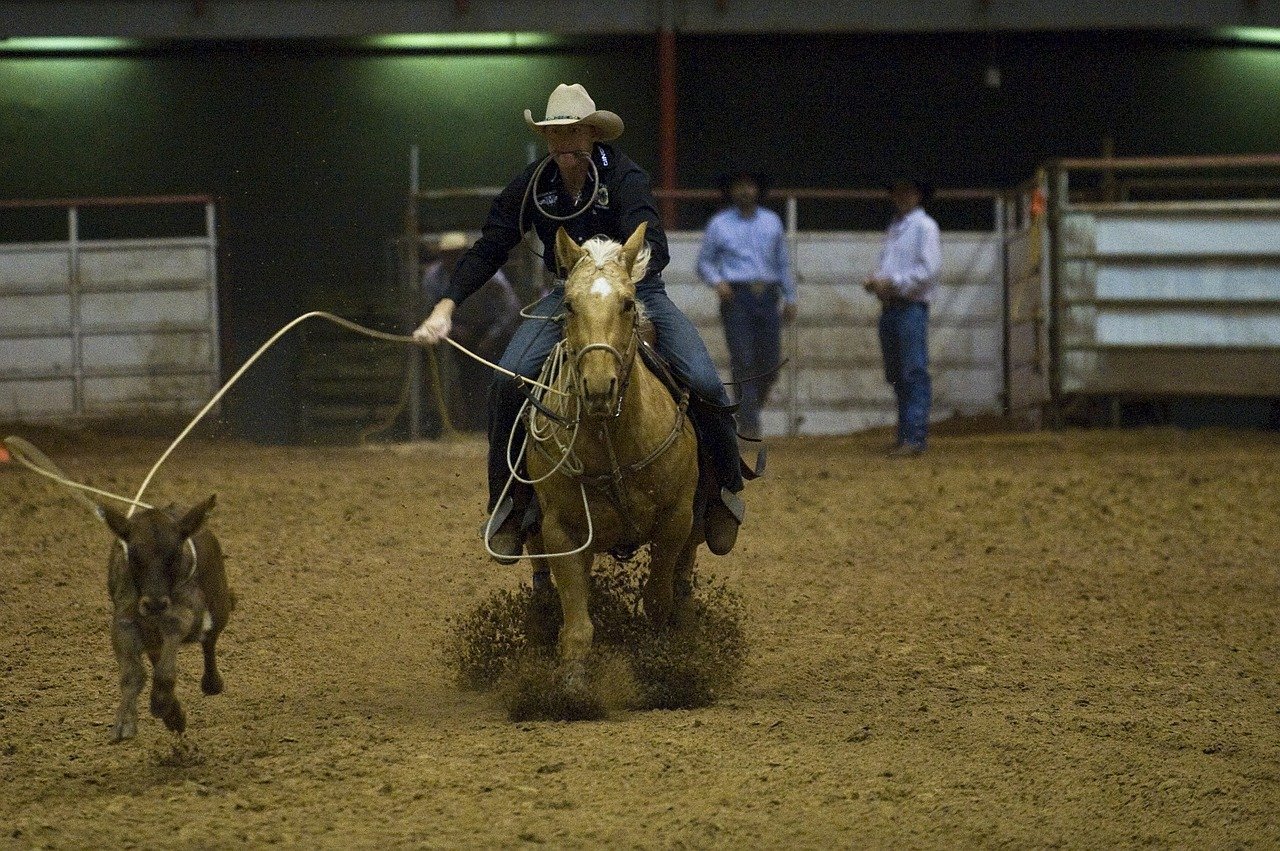While you are reading this article a good percentage of you are sucking hot humid air into your building just to cool it down.
Sucks doesn't it? You spend all this money to control your building only to have your energy budget being blown by some hot humid air.
In my previous article on using Trends to detect inefficiencies, I helped you to explore the wild world of trends and took an up close look at one of the most common inefficiency scenarios Simultaneous Heating and Cooling.
In part 2 I continue our journey and I look at the second most common inefficiency scenario The Unoptimized Economizer.
Is Your Outdoor Air Shafting you?
If you stay in this business for any amount of time you are bound to do battle with an outdoor air economizer. Issues with economizer logic are so frequent I almost consider them a "badge of honor" that every good building automation professional must face from time to time.
The good news is when you finish this article you will be prepared with three ways to quickly determine if you have issues with your economizer control.
Expect the Unexpected
It was hot, I mean sweat your ass off hot. I was on the roof of school in Dallas in the middle of July. To make matters worse they had just added new tar to the roof and the combination of the heat and smell was making me feel like I was about to pass out.
I had been up on the roof for the past hour battling with an economizer that just would not function. This was one of those downspout dampers that kind of open up at a 45 degree angle and the actuator was mounted on the outside of the unit.
No matter what I did the economizer would not move, I commanded the actuator with 10 Volts Direct Current and it cranked, with the blades creaking. I took the linkage off the damper and the dampers would move but the linkage bar which went inside the unit wouldn't.
Finally after sitting there commanding the unit and adjusting actuators for an hour I finally overcame my laziness and opened the side panel to the unit. There inside the unit I found my culprit. Someone had literally locked the economizer linkage open with a 2x4 and then had sealed the side paneling....
Thing is this 2x4 was old... If you didn't know it everything would seem good the unit was able to maintain discharge temperature and it wasn't until I went on the roof during this retrofit that this was discovered.
So What can You Do?
Economizers are evil, they promise free cooling but they often deliver infiltration and lonely hours spent on troubleshooting. That was until now!
In the next few hundred words I am going to talk you through three fool proof ways to utilize your trends to determine if you economizer control has failed.
I will also give you a bonus in that I will show you one of my favorite logic sequences to alert you to potential economizer problems before you even look at your trends.
Scenario Two: Unoptimized Economizer
Summary:
No matter what you do you can't reach your discharge air temperature set-point. You've checked your entering and leaving water temperature to your cooling valve and there is a ten degree delta,your heating valve is shut, and your return temperature of 74 degrees should be allowing you to cool to your discharge air set-point of 55 degrees. Yet, no matter what you do you are supplying 68 degree air to your VAV boxes.
You, my friend, may have an outdoor air damper issue!
Points:
- Outdoor Airflow
- Outdoor Air Temperature
- Outdoor Air Damper Position
- Return Air Temperature
- Mixed Air Temperature
- Discharge Air Temperature
- Heating Valve Position
- Cooling Valve Position
- Preheat Valve Position
Setup:
First you need to setup the following trends for your system.
Set all of the points that I mentioned above to change of state with a change of state threshold of 1% of their maximum value.
This means that if your discharge air fluctuates between 55-105 then you would look at 0.5 degrees as your change of state value.
Analysis:
Full Stroke Air Flow Check
What the hell kind of name is that? I'd like to say I didn't make it up but I'd be lying. No the Full Stroke Air Flow Check is not something your doctor does to you after you turn 40. This check is a way or validating that you do or do not have damper issues related to your outdoor air damper.
In this check you will command your outdoor air damper to 100%. Next you will ramp your variable frequency drive up to 100%. You should expect to see that your outdoor airflow is within 2% of design airflow.
Now you will gradually reduce your damper in increments of 10%. As you reduce your airflow you should expect to see a gradual reduction in airflow all the way down to near 0.
If you have any leakage or your damper is not sealing you should expect to see your airflow station reflect this. (Note this is assuming you installed your airflow station properly....)
Now if you have leakage you can go up to the roof and check your damper position against the position you commanded the damper to. If there is misalignment adjust the damper. If there is sealing issues then consider resealing or replacing the damper blades.
The Welcome Back to 8th Grade Math Mixed Air Calculation Check
There is a quick mathematical way to check if your outdoor airflow is being controlled. This method does not require trends but it does require a little bit of math.
Let's say your outdoor air damper is 30% and your return air damper (which is the inverse of the outdoor air damper) is 70% if you take your outdoor air at 70 degrees and your return air at 74 degrees then your mixed air temp should be 72.8 degrees.
How did I calculate this? I simply took the outdoor air * the 30% outdoor air damper position
+
The return air temperature * the 70% return air damper position.
This is a quick way to tell if something is amiss with your damper control. For example if you have 10% outdoor air damper at 100 degrees outdoor air and 90% return air damper at 74 degrees return air your mixed air temp should be 76.6 degrees.
However if your mixed air temperature is 85 degrees you can quickly determine that you have a mixed air temperature control issue.
That is why one of my favorite alarms to setup is to calculate the expected mixed air temperature and set an alarm to trigger if the mixed air temperature is +/- 5 degrees from the setpoint.
How is Your Battle Going?
And another one bites the dust! Just one more article left in this series and then I will be moving on to a new series. In the final article I will be discussing another fan favorite the short-cycling chiller.
What tools do you use to analyze your trends?
Do you simply use your BAS or do you use more sophisticated tools?
Let me know in the comments below.





